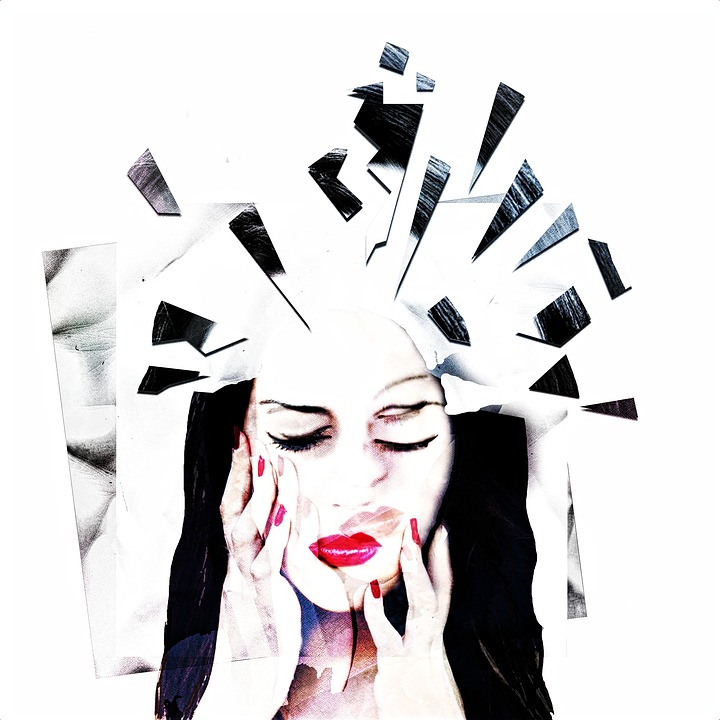
Common Mental Illnesses Identified in Dual Diagnosis Addiction Treatment
Unfortunately, a large amount of addicts suffer from more than one mental illness. That’s why its of the utmost importance to treat more than just chemical dependency in treatment centers. There are a range of mental illnesses that affect substance-abusers including mood disorders such as depression and anxiety and personality disorders such as those grouped in Cluster B. A dual-diagnosis client is identified as one with a personality/mood disorder and an addiction disorder, which entails more than just drug addiction but expands to include those with shopping, gambling, food, sex or other addictions. It is incredibly imperative that both (or more if there are more than two) conditions are addressed, because as is the case with addiction interaction, one condition will be exacerbated if the other is simply taken away and the root causes behind it are not explored. Unfortunately, current treatment standards do not reflect this necessity. The Office of Applied Studies, a division of the U.S. Department of Health and Human Services, reported that only 12 percent of the 4 million American adults who suffered from a Dual Diagnosis received treatment for both conditions. In order to help yourself or your loved one in identifying a dual-diagnosis, it’s important to first understand the mental illnesses that are often an accompanying part of the diagnosis.
Anxiety and Depression
Anxiety and depression are perhaps the two most common mental illnesses afflicting people today. So it’s no wonder that they also impact the addicted population of the nation. The National Institute of Mental Health (NIMH) estimates that 16 million American adults had at least one major depressive episode in 2012. That amounts to 6.9 percent of the United States population. According to the World Health Organization (WHO), 350 million people worldwide suffer from depression. Anxiety is also astoundingly prevalent: the NIMH estimates that anxiety disorders affect 18.1 percent of adults in the United States (approximately 40 million adults between the ages of 18 to 54). But it’s unfortunately even more widespread with addicts. According to the National Institute on Drug Abuse, people addicted to drugs are roughly twice as likely to have mood and anxiety disorders, as compared to the general population. Additionally, according to a report conducted by the Anxiety and Depression Association of America, about 20 percent of Americans with an anxiety or mood disorder, such as depression, also have a substance abuse disorder, and about 20 percent of those with a substance abuse problem also have an anxiety or mood disorder.
Cluster B Personality Disorders
Cluster B personality disorders are characterized by personality styles that are impulsive, dramatic, highly emotional and erratic. The disorders include: narcissistic personality disorder, borderline personality disorder, histrionic personality disorder and antisocial personality disorder. Antisocial personality disorder is characterized by a pattern of disregard for (the violation of) others and their personal rights. Narcissistic personality disorder entails a person’s preoccupation with themselves and their power and the lack of seeing how one’s own actions affect another. Borderline personality disorder is represented by impulsivity and instability in mood, interpersonal relationships and self image and is characterized by an intense fear of abandonment. Histrionic personality disorder is defined by excessive attention-seeking behavior, seductive behavior and an intense need for approval. Cluster B personality disorders disproportionately affect the addicted population. Drugs and alcohol by no means cause personality disorders, but substance abuse is more prevalent in those with personality disorders. Individuals with borderline personality disorder, for example, have high rates of substance abuse. It has been estimated that approximately two-thirds of individuals with borderline personality disorder abuse drugs, alcohol or both. According to the National Institute on Alcohol Abuse and Alcoholism, people with antisocial personality disorder also have a higher rate of alcohol abuse and alcoholism than the general population.
In summation, due to the increased likelihood of personality disorders with the substance-abusing, it is incredibly important to procure dual-diagnosis treatment as part of caring for your addicted loved one, or yourself. See more resources here.
Table of Contents







